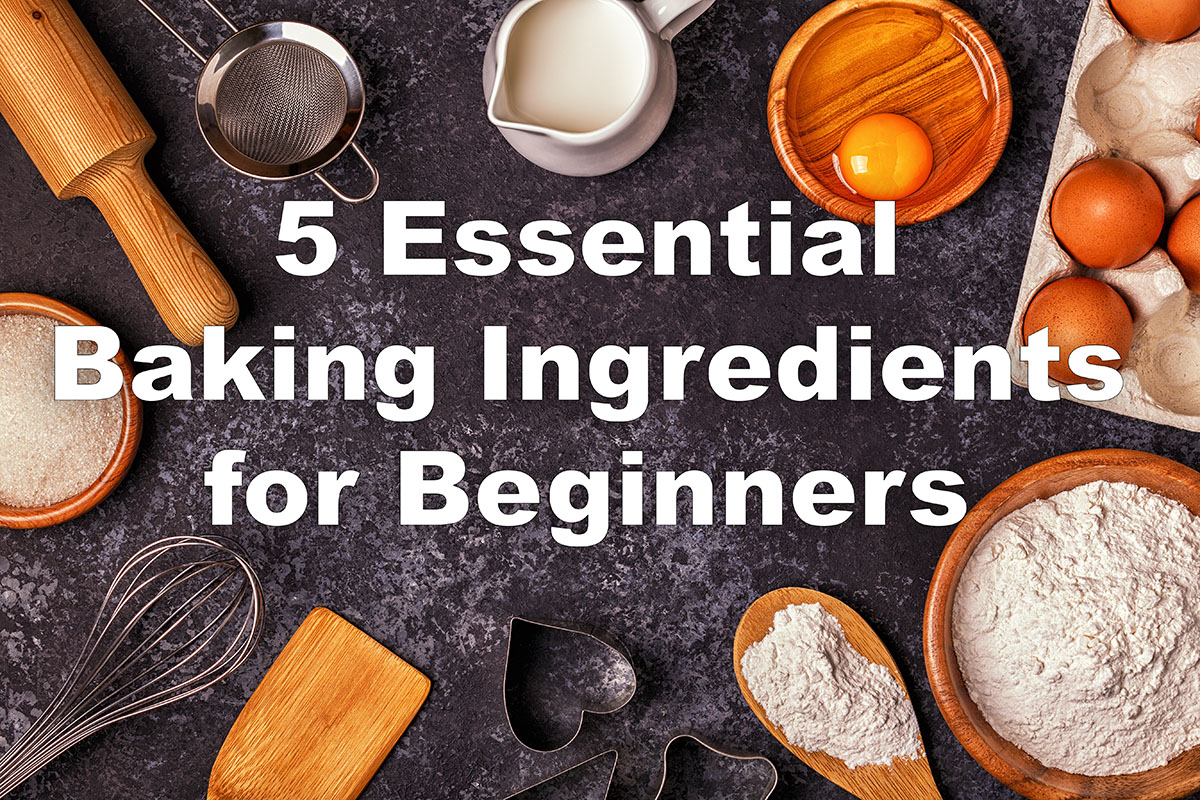I always had a passion for baking and cooking, I can clearly remember my mom making delicious cakes and dishes which instilled almost a need for me to bake and create dishes for the people I love. It wasn’t until 2019 during the lockdowns when I started taking baking more serious and I was quickly overwhelmed by the sheer number of ingredients and tools available.
I mean, who knew there were so many types of flour? So after almost 5 years or trial and error (hundreds of pounds of cookies and cakes later), I’ve narrowed down the list to five essential baking ingredients that I simply can’t live without. Whether you’re a seasoned pro or just starting your baking journey, these ingredients will be your best friends in the kitchen.
High-Quality Flour
The Backbone of Baking
Flour is the foundation of so many baked goods, from cakes and cookies to breads and pastries. But not all flour is created equal. The type of flour you choose can dramatically affect the texture and flavor of your baked goods.
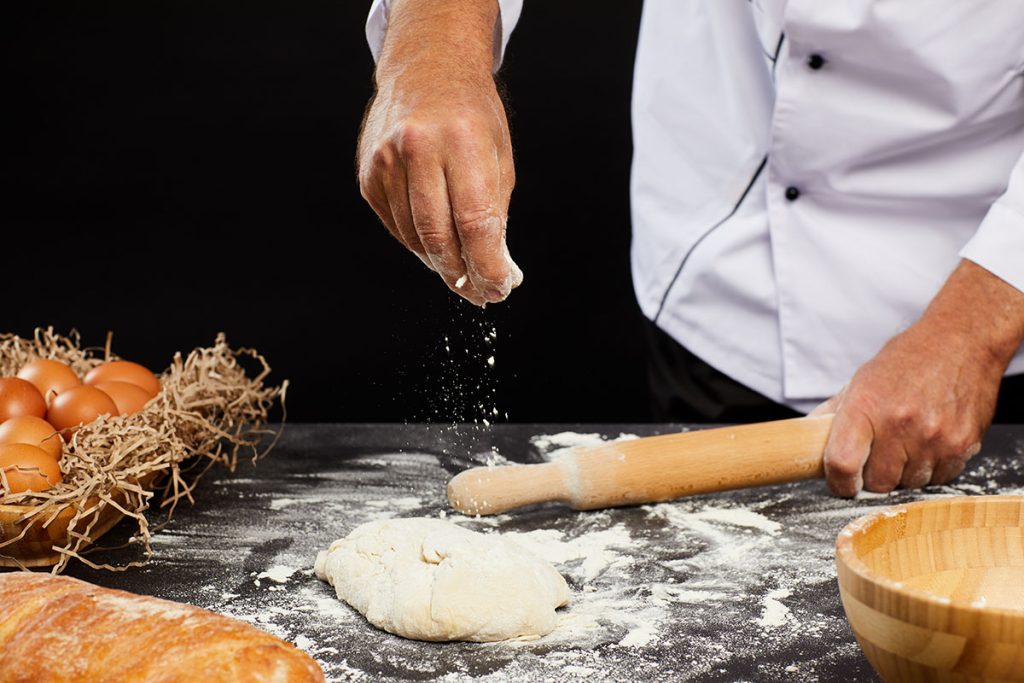
Types of Flour and Their Uses
- All-Purpose Flour: This is the jack-of-all-trades in the baking world. It has a moderate protein content, making it suitable for a variety of recipes, including cookies, cakes, and quick breads.
- Cake Flour: With its lower protein content, cake flour is perfect for delicate cakes and pastries. It gives baked goods a tender, fine crumb.
- Bread Flour: This high-protein flour is ideal for yeast breads. It provides the necessary structure and chewiness that make a loaf of bread so satisfying.
Work arounds!
When I started out, I used All-Purpous flour for everything, I remember the first time I tried making a birthday cake for my daughter using Cake Flour. I couldn’t believe how much lighter and fluffier the texture was. Now, I always keep a stash of cake flour for those special occasions.
Tip: Store your flour in an airtight container in a cool, dry place to keep it fresh.
Fresh Baking Powder and Baking Soda
The Science of Leavening
Leavening agents like baking powder and baking soda are crucial for giving your baked goods the perfect rise and texture. Without them, you’d be left with flat, dense cakes and cookies. Leavening agents create tiny gas bubbles during the baking process, when the dough sets those little bubbles create the air that gives the cake or cookie its rise and fluffy texture.
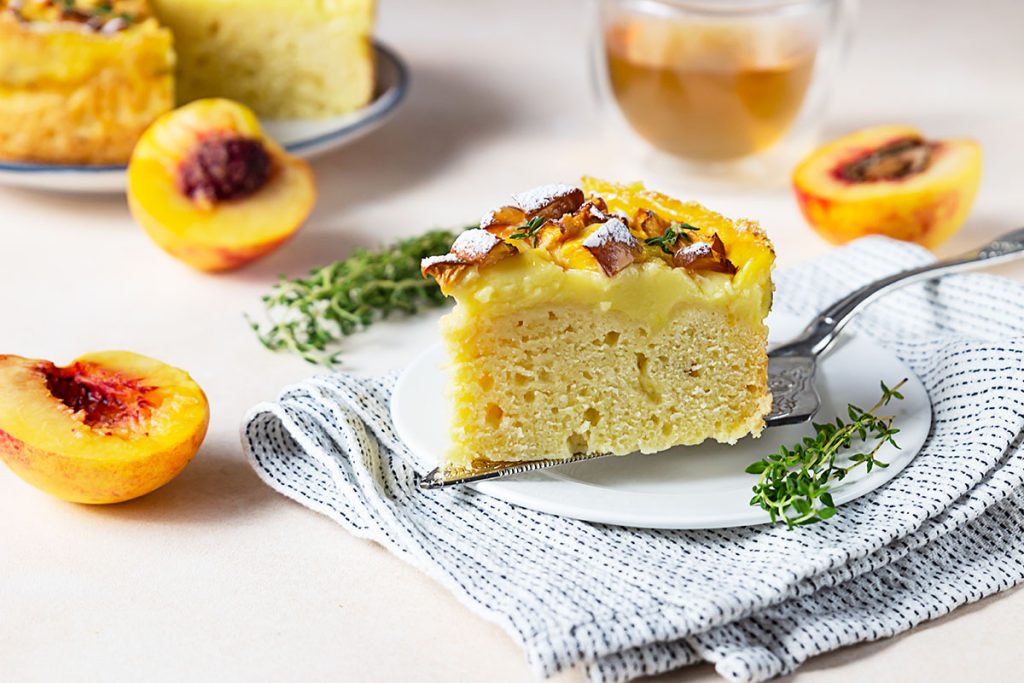
The difference Between Baking Powder and Baking Soda
- Baking Soda: This is a pure leavening agent that requires an acid (like lemon juice or buttermilk) to activate. It’s often used in recipes with acidic ingredients.
- Baking Powder: This contains both an acid and a base, so it can leaven on its own. It’s typically used in recipes that don’t have an acidic component.
Testing for Freshness
It’s important to use fresh leavening agents. Just like any ingredient, levelling agents have a shelf life and while they might not be look spoilt, their effect could be significantly weaker when they are old.
To test baking powder, mix a teaspoon with hot water, it should bubble immediately. For baking soda, mix a teaspoon with vinegar or lemon juice it should fizz vigorously.
Pure Vanilla Extract
The magical Flavour Enhancer
Vanilla extract is a magical ingredient that enhances the flavors of your baked goods, making them more aromatic and delicious. It’s a staple in my kitchen, and I use it in almost every baking recipe.
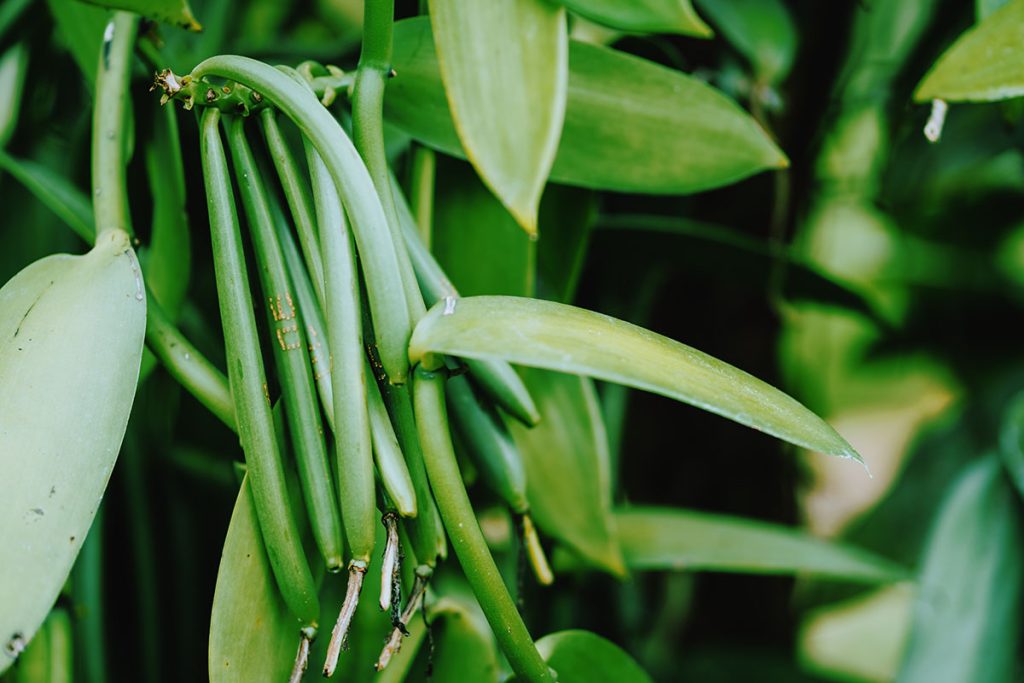
Pure vs. Imitation Vanilla
- Pure Vanilla Extract: Is made from real vanilla beans, it has a rich and complex flavour that you cant really beat with chemical substitutes. Vanilla made from Vanilla beans is usually a lot more expensive than its substitutes, this is due to a lengthy (9 month) process of harvesting, curing, conditioning and extraction before they are ready. You can also buy cured vanilla beans or pods and scrape them out for the ultimate vanilla goodness.
- Imitation Vanilla: Synthetic Vanilla also knows as Vanillin is synthesised in laboratories. There are several methods of producing synthetic vanilla including the use of lignin (a by-product in paper manufacturing) as well as Guaiacol, a petrochemical derivative that is chemically modified through a series of reactions.
So now that you know the difference, isn’t with worth spending a little more for the real thing?
Making Your Own Vanilla Extract
If you want to take your baking to the next level, try making your own vanilla extract. All you need are vanilla beans and vodka. Slice the beans, immerse them in vodka, and let them sit for a few months. The result is a fragrant, flavourful extract that will elevate your baked goods.
My Vanilla Obsession
I once splurged on a bottle of Nielsen-Massey Madagascar Bourbon Vanilla, and it was a game-changer. The depth of flavor was incredible, and my cookies and cakes tasted so much better. Now, I always keep a bottle on hand.
Recommended Brands: Nielsen-Massey and Madagascar Bourbon Vanilla are my go-to brands for their unparalleled quality and depth of flavor. (non of these brands are my sponsors, I really just like them a lot.
Unsalted Butter
The Secret to Richness
Butter adds flavor, moisture, and richness to your baked goods. Using unsalted butter allows you to control the amount of salt in your recipes, ensuring perfect results every time.
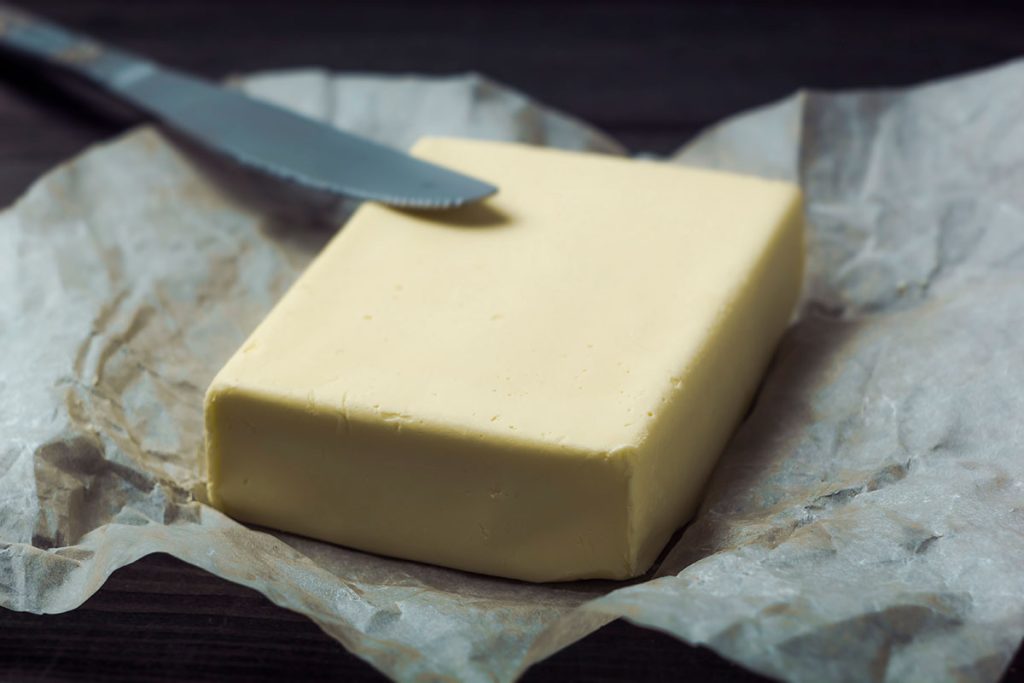
Why Unsalted?
Using unsalted butter gives you more control over the salt content in your baking. Different brands of salted butter can contain varying amounts of salt, which can affect the flavor of your finished product.
Choosing the Best Butter
Look for high-fat content butter for the best results. European-style butters like Kerrygold and Plugrá have higher fat content, which leads to flakier pastries and richer cookies.
Storage Tips: Keep your butter in the fridge, and if you buy in bulk, freeze it to extend its shelf life.
Fine Granulate Sugar
More Than Just Sweetness
Sugar is not only for sweetness but also plays a crucial role in the structure, moisture, and browning of your baked goods. Using fine granulated sugar ensures it dissolves properly, giving your treats the perfect texture.
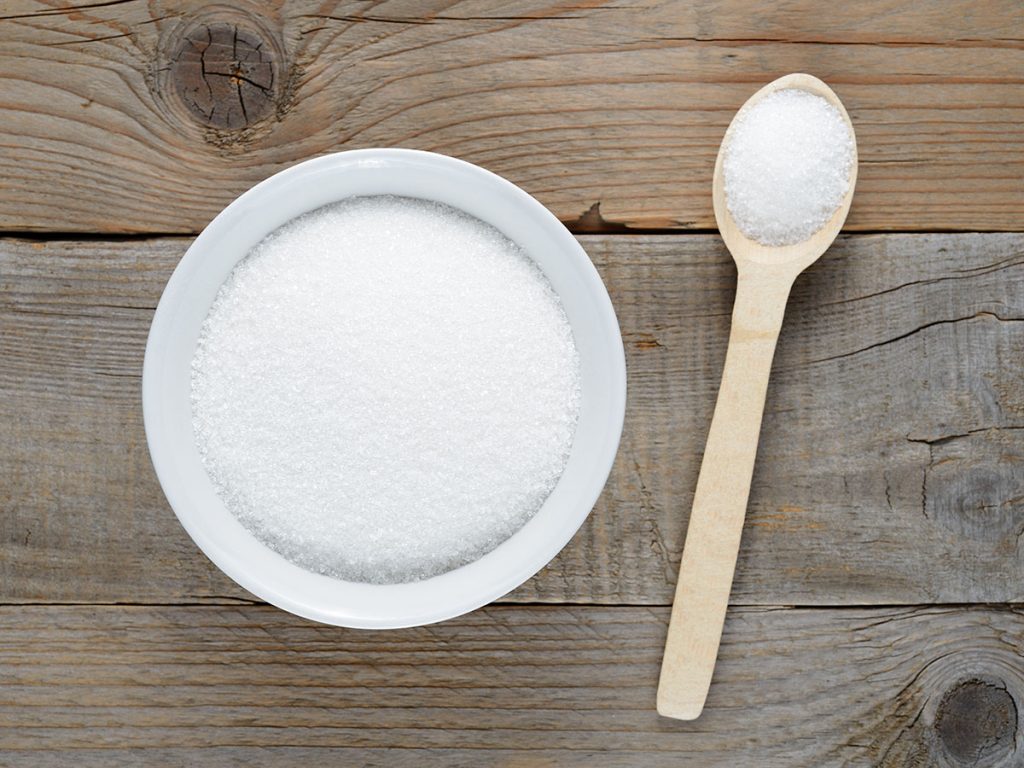
Types of Sugar
- Granulated Sugar: The most common type, used in everything from cookies to cakes.
- Caster Sugar: Also known as superfine sugar, it dissolves more quickly and is perfect for meringues and fine-textured cakes.
Measuring Sugar
Baking is a combination of science and love so accurate measurement is key. If you can, use the metric system instead of cups, products like flour and sugar can be compacted so measurements can vastly differ depending on how tightly you pack each up.
If you prefer to use cups, make sure they are well dried so nothing sticks and pack each cup consistently using a knife to flatten the top.
Favorite Brands: I swear by C&H and Domino sugars for their consistent quality and fine texture

